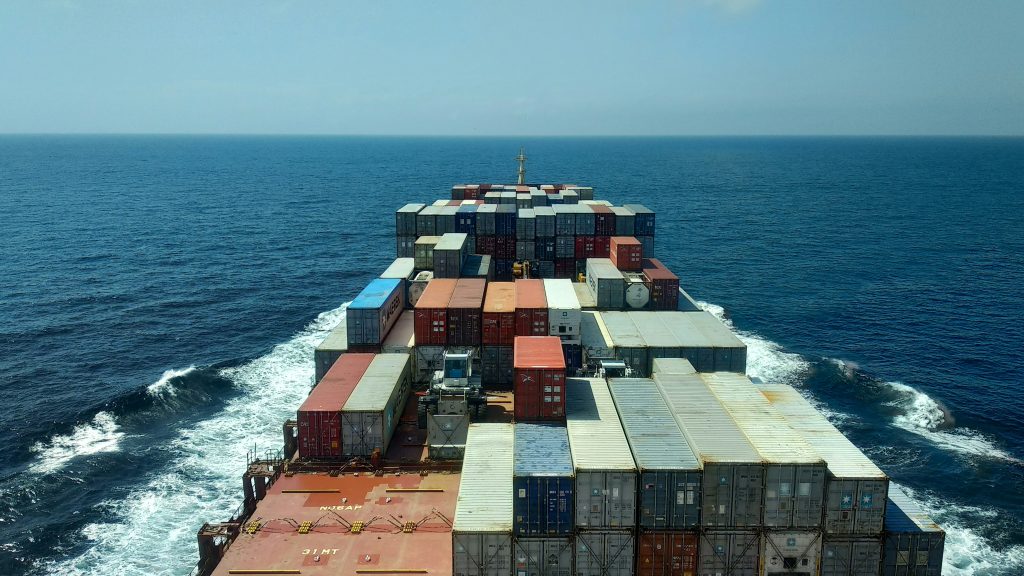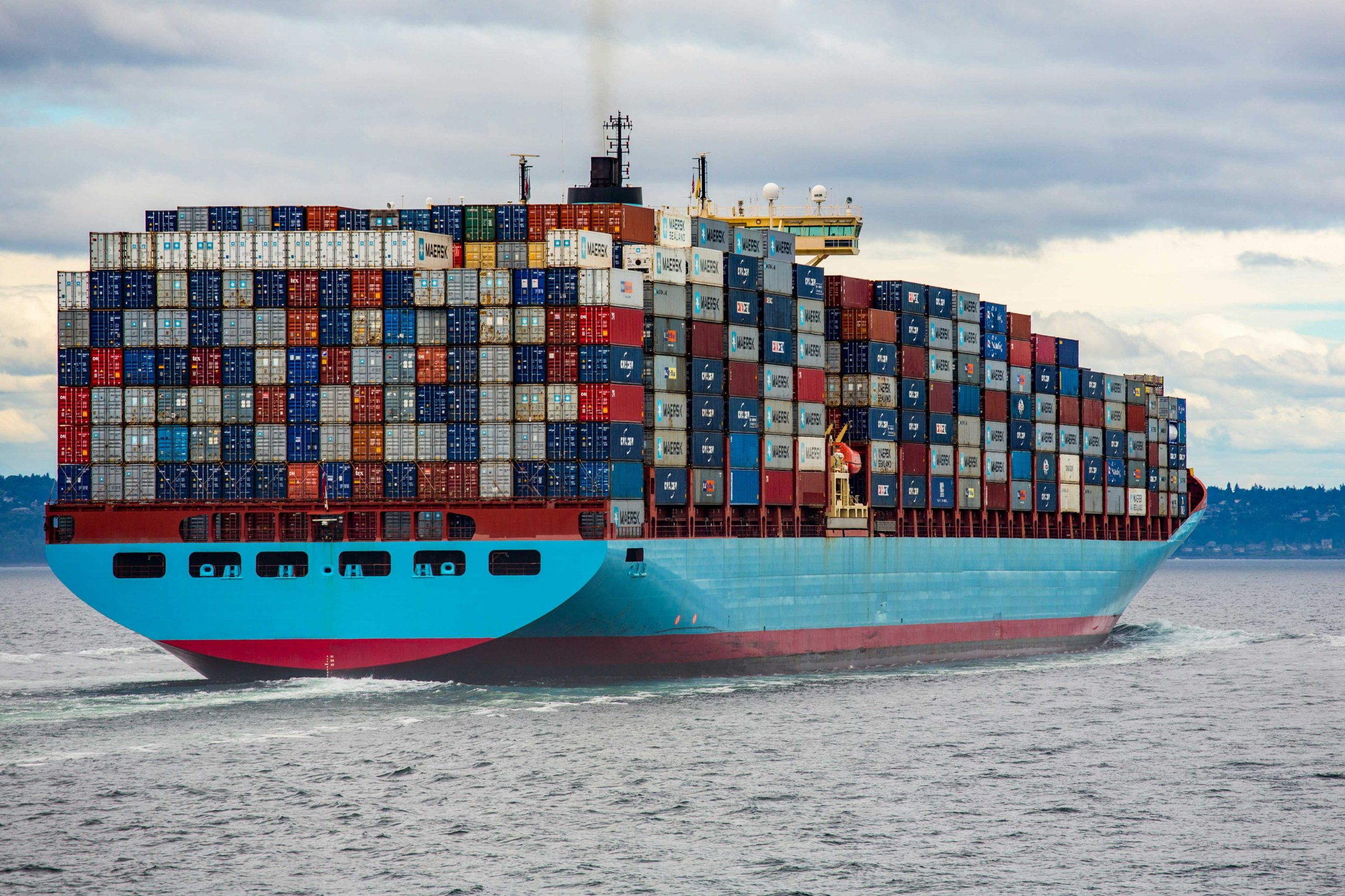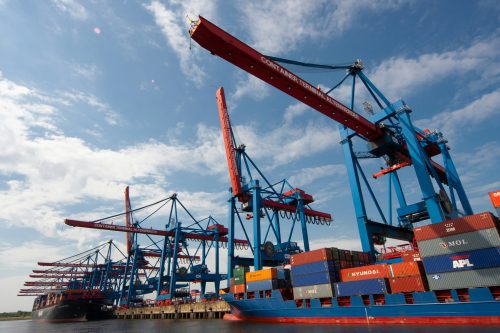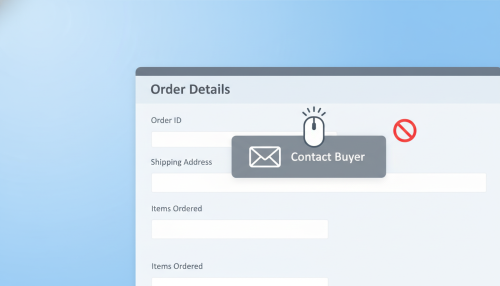
Export compliance is a critical aspect of global business operations, ensuring that the movement of goods across borders adheres to the laws and regulations of the exporting country. However, the path to compliance is often strewn with potential pitfalls, or "red flags," that, if overlooked, could lead to severe consequences, including penalties, fines, and reputational damage.
What are the export compliance red flags?
1. Unusual Shipping Routes or Destinations
If the shipping route seems overly complicated, or the final destination of the product appears unusual, it might be an attempt to circumvent export controls. Be especially cautious when receiving orders from countries known to engage in illegal activities, such as sanctioned countries or jurisdictions with a history of financing terrorism. Any deviation from typical trade patterns (for example, transiting through countries known for export control risks) or shipping destinations should prompt further due diligence to ensure compliance with export regulations.
2. Customer Unwilling to Provide End-User Information
If a customer is unwilling to provide information about the end-user or the final use of the product, it might be a sign that they are trying to conceal something. If the product's use is not permitted, it could lead to a violation of export controls.
3. Orders Inconsistent with Customer's Business
If a customer who typically orders a certain type of product suddenly places an order for something completely different, it could be a red flag. This behavior might indicate someone trying to obscure the real end-user or destination of the goods, potentially suggesting that the goods are being diverted or re-exported without authorization. Be cautious in such situations, conducting thorough due diligence to verify the legality of the transaction and ensure compliance with export regulations.
4. Payment Methods and Terms
Unusual payment methods, such as cash payments or multiple payments, could be a red flag. Similarly, unfavorable payment terms, such as prepayment, might indicate a rush to complete the transaction, possibly to avoid scrutiny.
5. Items Incompatible with the End User's Industry or Country
The type of exported goods should be compatible with the known business operations of the end-user and the typical uses in the destination country. If there is a mismatch, it could suggest that the purchased goods are being used for unauthorized purposes or may be re-exported to prohibited areas. This could result in a violation of export controls, potentially leading to penalties and damage to the company's reputation.
Understanding these red flags can help businesses identify potential compliance risks and take measures to mitigate these risks. This is crucial for maintaining the integrity of global trade and ensuring national security.
Export compliance solutions
1. Understand Export Control Laws
Familiarize yourself with the export control laws and regulations of your country and those of your destination countries. This includes understanding the requirements for licenses, documentation, and reporting.
2. Screening
Regularly screen all parties involved in your transactions against the Consolidated Denied Party List and other relevant lists. This includes not just the end-user, but also intermediaries such as freight forwarders.
3. Know Your Product
Understand the technical parameters of your product and its classification under the Harmonized System (HS) and other relevant control lists. This will help you determine if your product requires an export license.
4. Know Your Customer and Understand the End-Use
Be aware of the business your customer is in and what they intend to do with your product. If there are any red flags, such as a mismatch between the product and the customer's business or an unclear end-use, conduct further due diligence.
5. Training
Ensure that your staff is adequately trained in export compliance. This includes not just the sales team, but also those involved in logistics, customer service, and management.
6. Document Everything
Keep detailed records of all your transactions, including communications, as you may need to produce these in the event of an audit.
7. Establish an Export Compliance Program
Having a formal export compliance program in place can help you manage your compliance responsibilities and demonstrate your commitment to compliance to the authorities.
Maintain a high level of attention to the logistics industry:Contact our logistics experts.









